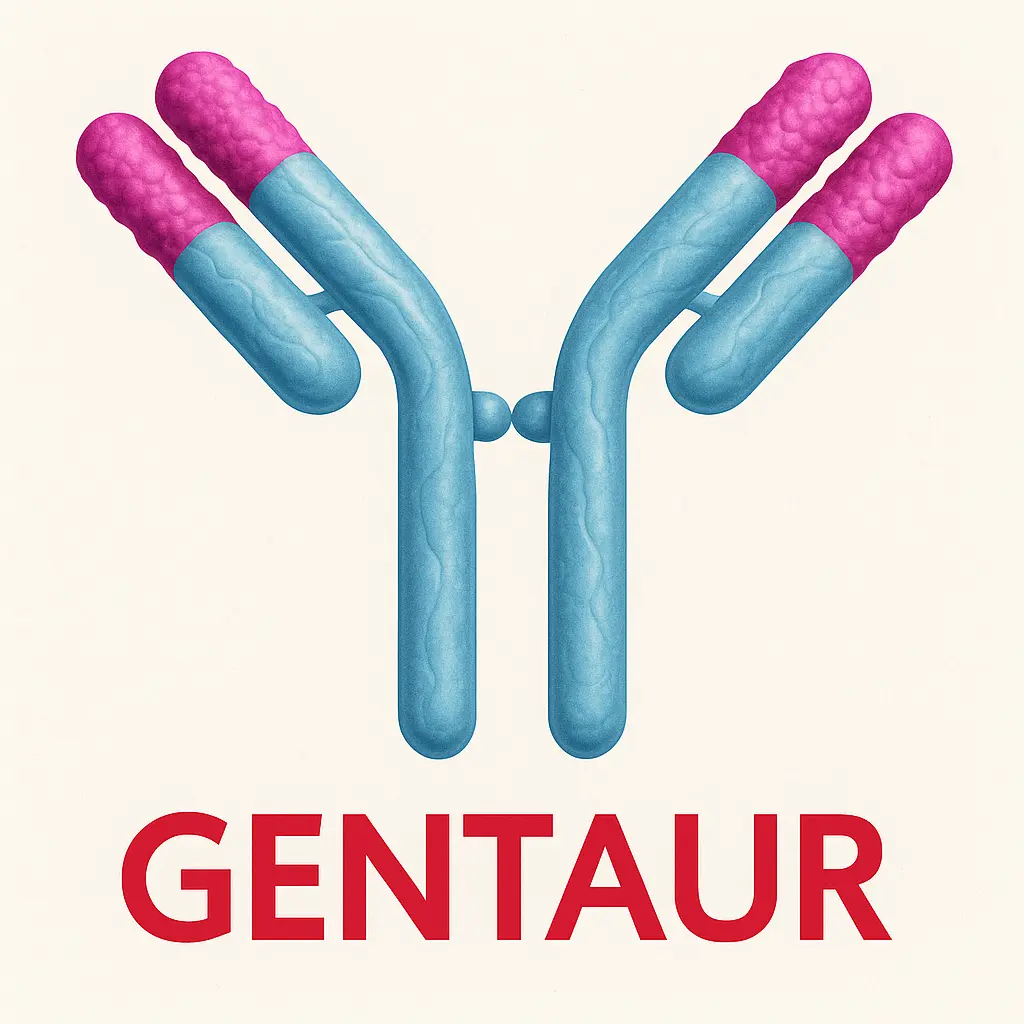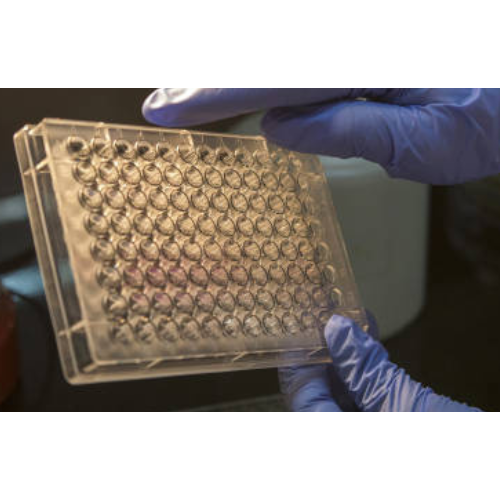ELISA ACVR2B anti-
Quantity :50µL
Clone Number:
Aliases:Activin A receptor type IIB antibody; Activin receptor type 2B antibody; Activin receptor type IIB antibody; Activin receptor type-2B antibody; ActR IIB antibody; ACTR-IIB antibody; ActRIIB antibody; ACVR 2B antibody; ACVR2B antibody; AVR2B_ antibody; HTX4 antibody; MGC116908 antibody
Product Type:Polyclonal Antibody
Immunogen Species:Homo sapiens ()
UniProt ID:Q13705
Immunogen:Recombinant Activin receptor type-2B protein (19-140AA)
Raised in:Rabbit
Reactivity:
Tested Applications:ELISA, IHC; Recommended dilution: IHC:1:20-1:200
Background:Transmembrane serine/threonine kinase activin type-2 receptor forming an activin receptor complex with activin type-1 serine/threonine kinase receptors (ACVR1, ACVR1B or ACVR1c). Transduces the activin signal from the cell surface to the cytoplasm and is thus regµLating many physiological and pathological processes including neuronal differentiation and neuronal survival, hair follicle development and cycling, FSH production by the pituitary gland, wound healing, extracellµLar matrix production, immunosuppression and carcinogenesis. Activin is also thoµght to have a paracrine or autocrine role in follicµLar development in the ovary. Within the receptor complex, the type-2 receptors act as a primary activin receptors (binds activin-A/INHBA, activin-B/INHBB as well as inhibin-A/INHA-INHBA). The type-1 receptors like ACVR1B act as downstream transducers of activin signals. Activin binds to type-2 receptor at the plasma membrane and activates its serine-threonine kinase. The activated receptor type-2 then phosphorylates and activates the type-1 receptor. Once activated, the type-1 receptor binds and phosphorylates the SMAD proteins SMAD2 and SMAD3, on serine residues of the C-terminal tail. Soon after their association with the activin receptor and subsequent phosphorylation, SMAD2 and SMAD3 are released into the cytoplasm where they interact with the common partner SMAD4. This SMAD complex translocates into the nucleus where it mediates activin-induced transcription. Inhibitory SMAD7, which is recruited to ACVR1B throµgh FKBP1A, can prevent the association of SMAD2 and SMAD3 with the activin receptor complex, thereby blocking the activin signal. Activin signal transduction is also antagonized by the binding to the receptor of inhibin-B via the IGSF1 inhibin coreceptor.
Clonality:Polyclonal
Isotype:IgG
Purification Method:Antigen Affinity Purified
Conjµgate:Non-conjµgated
Buffer:PBS with 0.02% sodium azide, 50% glycerol, pH7.3.
Form:Liquid
Stroage:Upon receipt, store at -20°C or -80°C. Avoid repeated freeze.
Target Names:ACVR2B
Research Areas:Signal transduction; Stem cells
Our latest content
Check out what's new in our company !
Your Dynamic Snippet will be displayed here... This message is displayed because you did not provide both a filter and a template to use.

